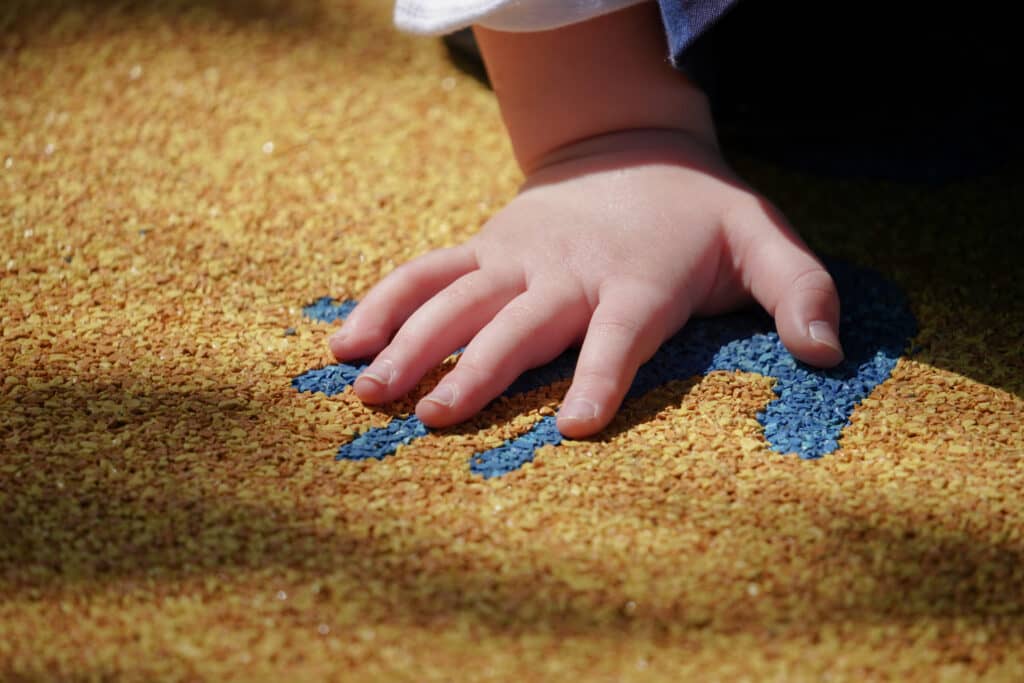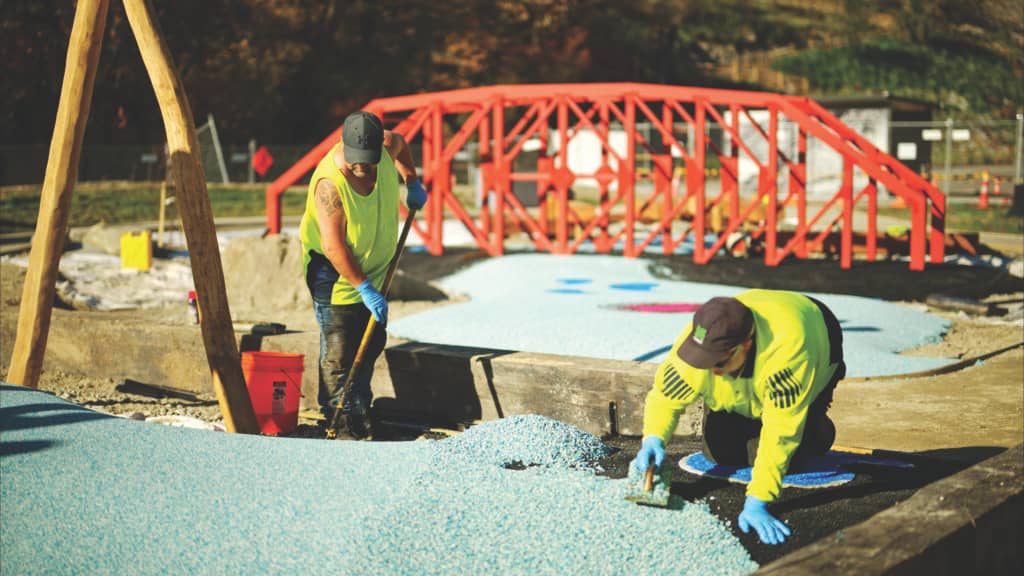Ensuring the safety and compliance of playgrounds is essential to getting your project approved and
avoiding any surprises along the way, such as not having a sign-off for children to play.
In this article, we will cover the main topics about safety and compliance that you need to be aware
of when building a playground.
General Safety Requirements
First, you need to understand the age you are catering your playground for. Having that in mind, when you engage with a playground company, it will be easier to collaborate and ensure your space can comply with the features you want.
Following the NZS 5828:2015, or knowing the basics of these standards, will help you determine whether you can build everything in your play wish list.
Materials and Construction
The longevity and safety of playground equipment are proportional to the right materials and construction methods used.
Consider where your playground is being built and the purpose you have with it. If you are building a nature playground, make sure you use timber sourced from legal areas also, it will not split or could pose a danger to the user’s health.
These guidelines ensure that playgrounds are fun but also durable and safe.

Installation and Anchorage
Secure installation and anchorage are critical to prevent playground equipment from tipping or moving. The standard provides detailed instructions on anchoring equipment, considering factors like soil type and equipment height.
Each playground has specifics, so engaging experts when choosing your playground equipment is crucial. This step is essential for the stability and safety of the playground.
Safety for Specific Equipment Types
Each type of playground equipment, from swings to slides, has unique safety requirements. The standard addresses these with specific guidelines, such as minimum guardrail heights and safe ladder designs. For example, to ensure a tower is compliant and safe, it must be enclosed if it is higher than 3m.
Slides and Swings with guardrails, enough surface area for fall, and we will cover in the next topic, safety surfacing is essential.

Playground Surfacing
Impact-absorbing surfacing is crucial for reducing injury risk. The standard details the required surfacing materials, like rubber or sand, and their necessary depths based on equipment height.
This is one of the most essential parts of your playground project and will help you determine if costs will be higher or lower than your actual budget.
Wet-pour rubber surfacing can have a shockpad layer that can be adjusted depending on the height of playground equipment. Other cheaper options include sand or wood chips. However, their maintenance costs are higher, and they can fail tests if poorly maintained.
It is also essential to ensure that if you have a bike track in your play area, safety surfacing is required when the track is made of concrete or asphalt.
Conclusion
Ensuring playground safety is a critical responsibility. By adhering to the NZS 5828:2015 standards, playground operators and builders in New Zealand can create spaces that are enjoyable and secure for children.
Understanding and implementing these guidelines is a significant step towards fostering safe and engaging play environments, reducing your costs and will help you understand the actual process of designing your space.
Do you still need to understand what you need for your next project? Give us a call at 0800 000 334 or e-mail [email protected], and our team will guide you to design and build the playground you wish.
